Pripyat- Chernobyl Exclusion Zone | Urbex

Pripyat, named after a nearby river, is a now-abandoned city in northern Ukraine, near the border with Belarus. The city was founded in February 1970 to house workers of the nearby Chernobyl Nuclear Power Plant, which lies only 2 miles away. The city was an atomgrad- a Soviet closed city with travel and residency restrictions. Pripyat was to the USSR what Milton Keynes is to the UK. It had modern-for-the-time architecture and was purposely planned, as opposed to the general ad-hoc evolving sprawl of traditional urban areas. The model city was designed to show off the best of the Soviet Union.
By 1979 the city had a population of 49,360, with an average age of 26 years. This young population lived a relatively happy life in the 160 apartment blocks of the city, served by 20 schools and nurseries, a hospital, 25 shops and 27 cafes. Being one of the most modern and luxurious cities in the USSR, there was plenty of green space as well as cultural and recreational amenities including 10 gyms, 35 playgrounds, a palace of culture, a cinema and a school of arts. The iconic amusement park was due to open in just a few days time when disaster shook the city and changed Pripyat, and the lives of thousands, forever.
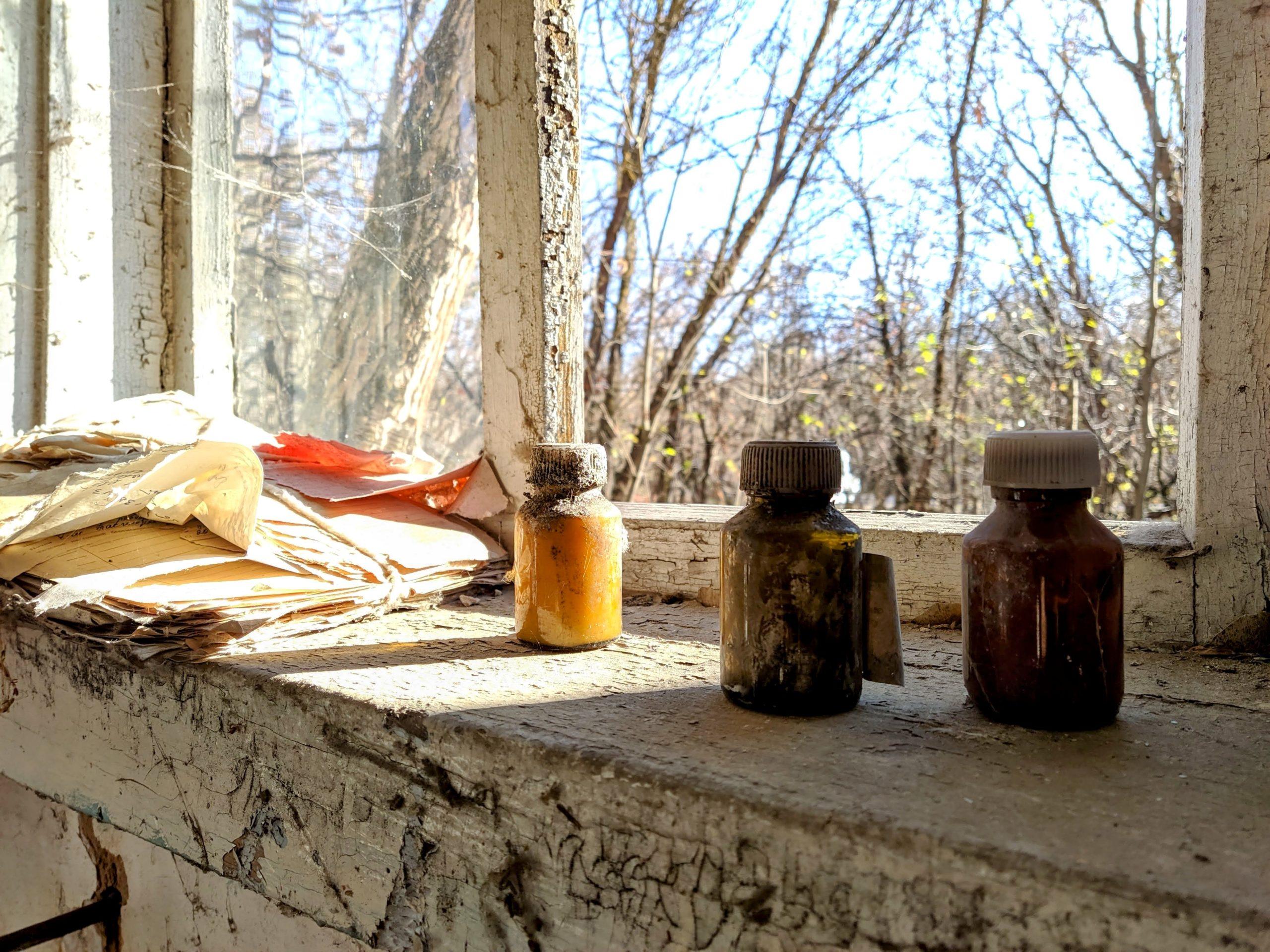





Within two days of the Chernobyl disaster on 26th April 1986, the thriving city became a ghost town. Nearly all its residents were evacuated, never to return. Most were relocated to the purpose-built city of Slavutych, around 30 miles away. Today the Pripyat lies frozen in the past, a time capsule of life in the Soviet Union. Personal belongings are scattered throughout the abandoned buildings, which now crumble under the weight of time, paint peeling and structures warping. Forgotten toys sit where they were last dropped, their owners now adults, living their lives elsewhere.
Housing
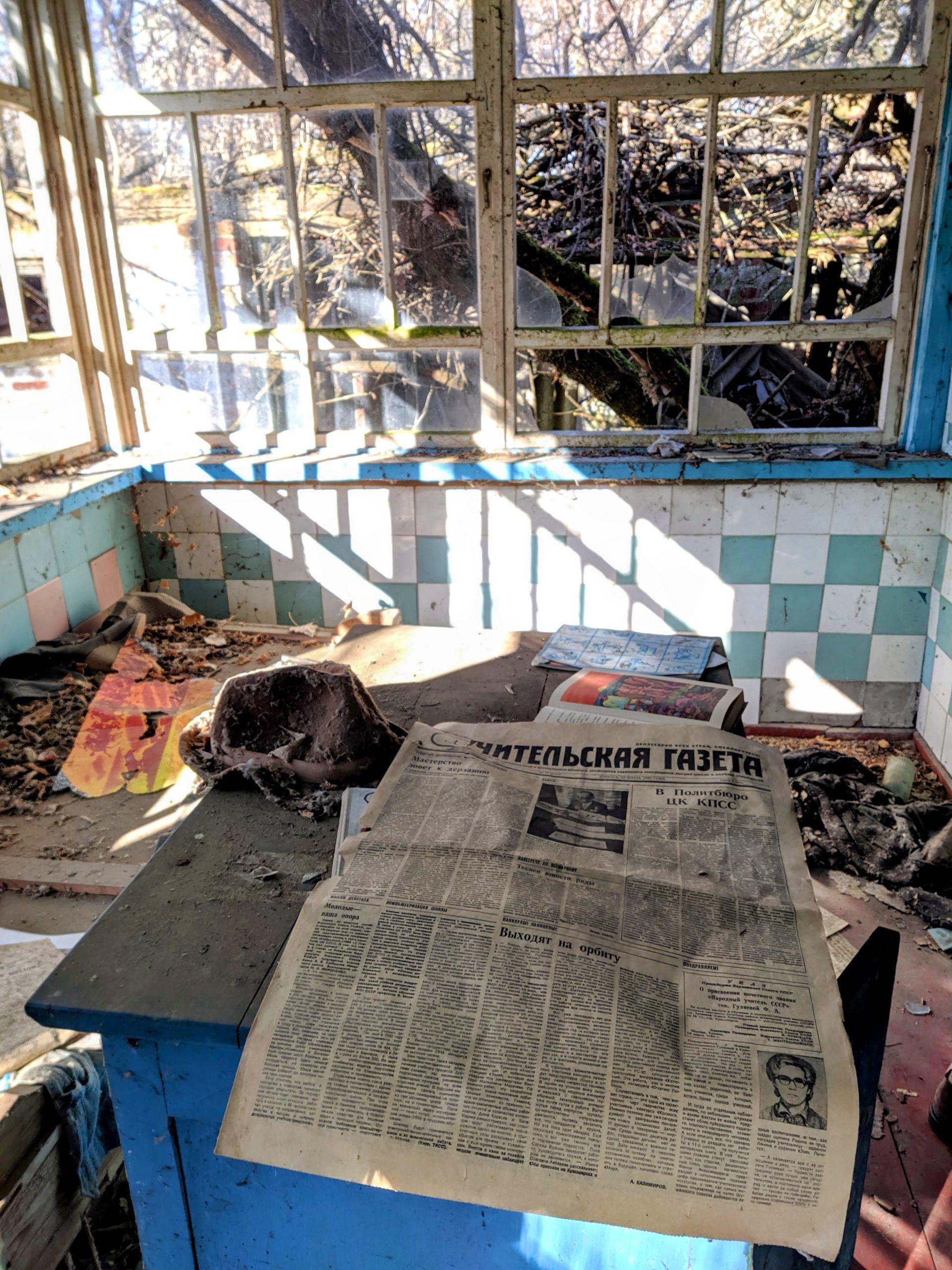





The vast majority of Pripyat’s residents lived in the 13,414 apartments of the city, spread across 160 apartment blocks specifically built to house workers of the Chernobyl Nuclear Power Station. The largest of these apartment blocks are four 16 storey towers. These apartments have now been looted extensively, but personal belongs are still littered throughout the decrepit structures.
Culture & Leisure
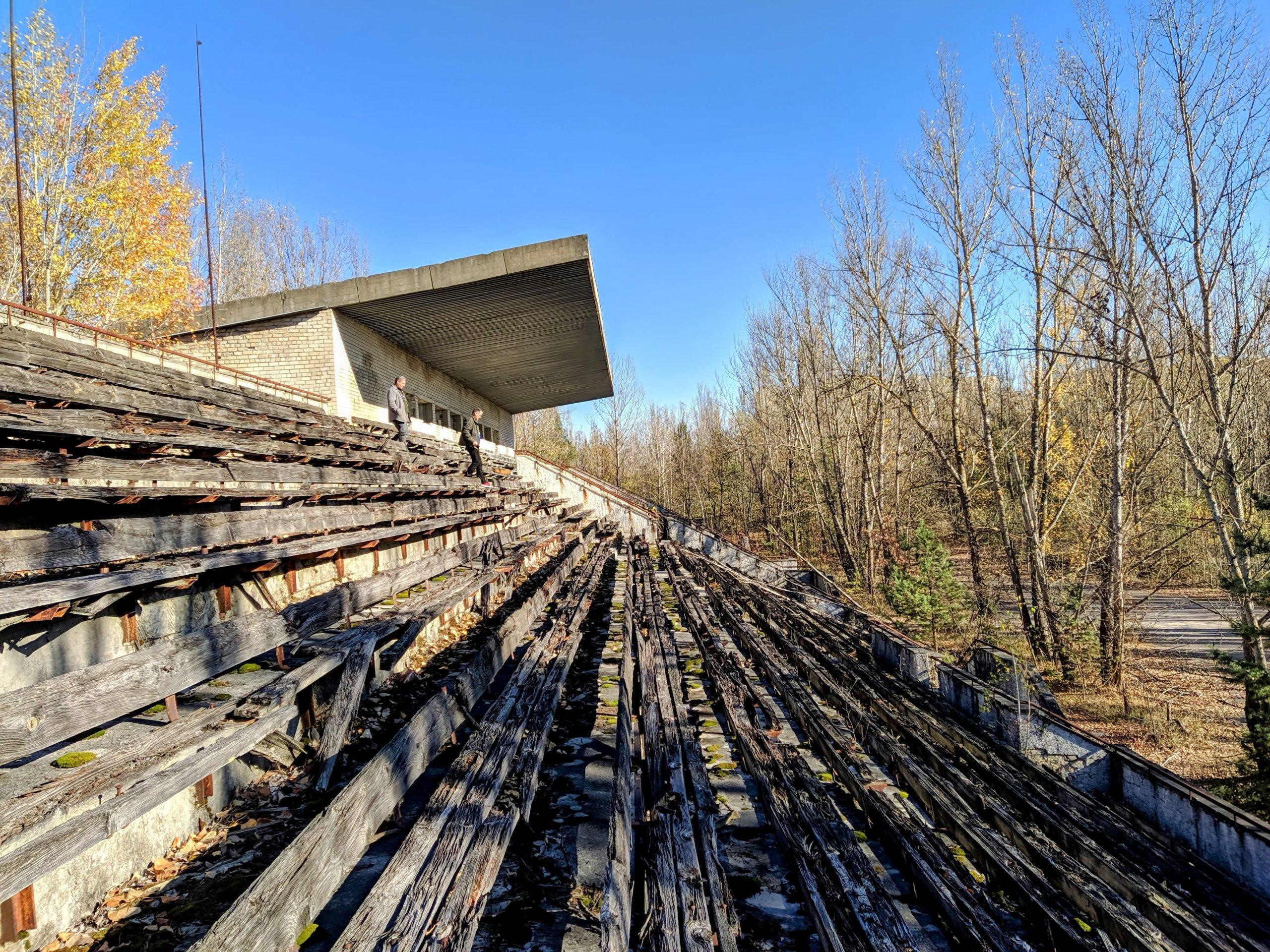



The Avanhard Stadium was home of FC Stroitel Pripyat, capable of holding 5000 spectators. Like the Amusement Park, the stadium was due to open on May 1st 1986- days after the Chernobyl disaster stopped life in its tracks in the city. In the aftermath of the explosion, the stadium was used as a landing ground for helicopters. The football team was re-established in Slavutych.




The Palace of Culture Energetik was built in the 1970s- a large community centre at the heart of the city. It included a cinema, theatre, library, gym, swimming pool and dance/meeting halls. The Name “Energitik” is a play on words, meaning “energetic” and “power plant worker.”



Read about the Pripyat Amusement Park, which never fully opened to the public here
Shops


This supermarket was one of many shops in Pripyat. Signs can still be seen hanging from the now bare-metal structure of the ceiling. Its ground flood mainly sold food and had large freezer cabinets- advanced for its time in the Soviet Union. The first floor housed a restaurant with views across the city’s main square.
Schools & Nurseries





These rusting cots lie within one of 15 kindergartens in the city. Those who occupied them at the time of the nuclear disaster will now be in their 30s. Children would have spent their days in nurseries from as young as two months- the Soviets encouraged active participation of women in the workplace and public life.
Pripyat Today

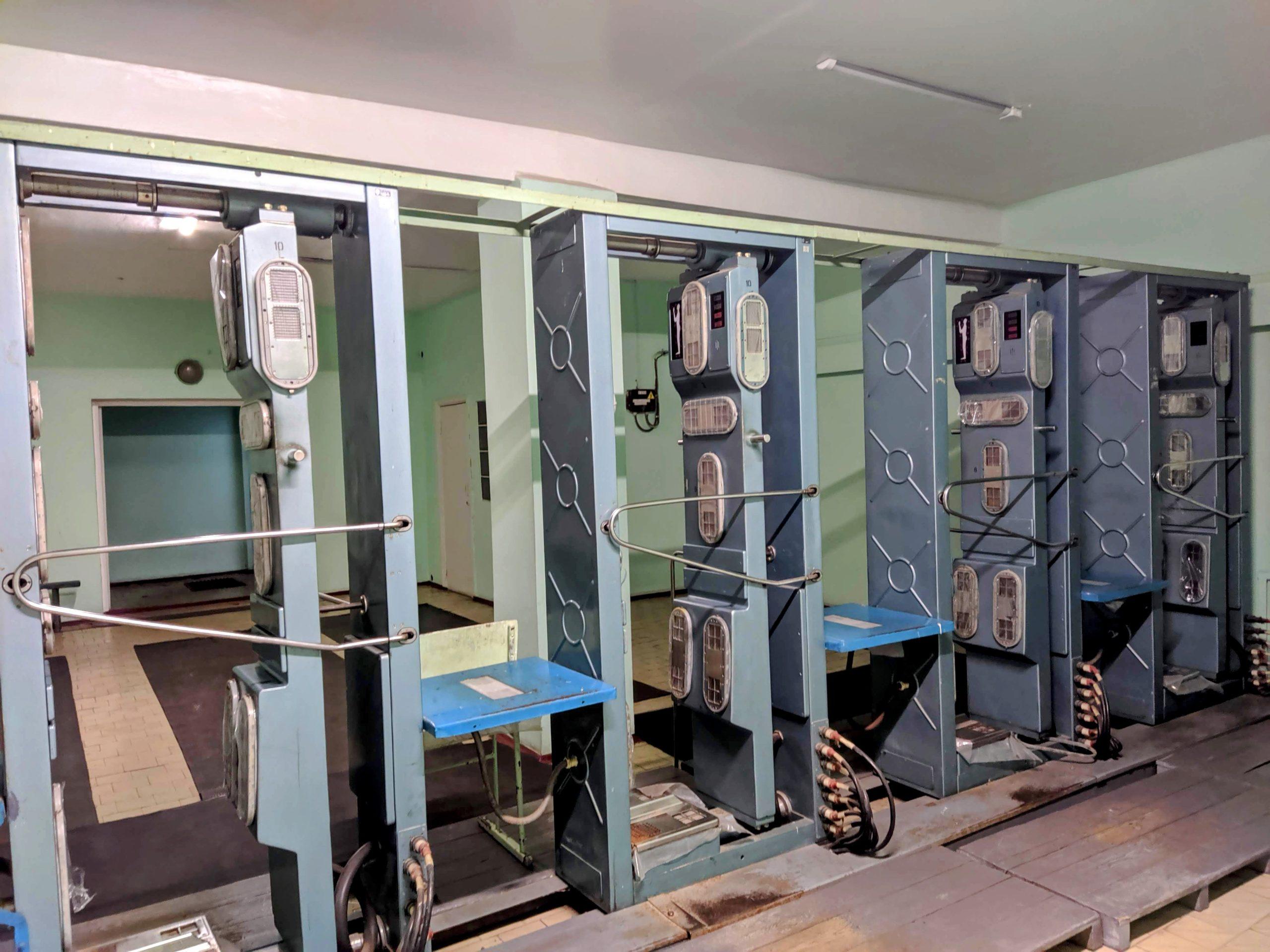
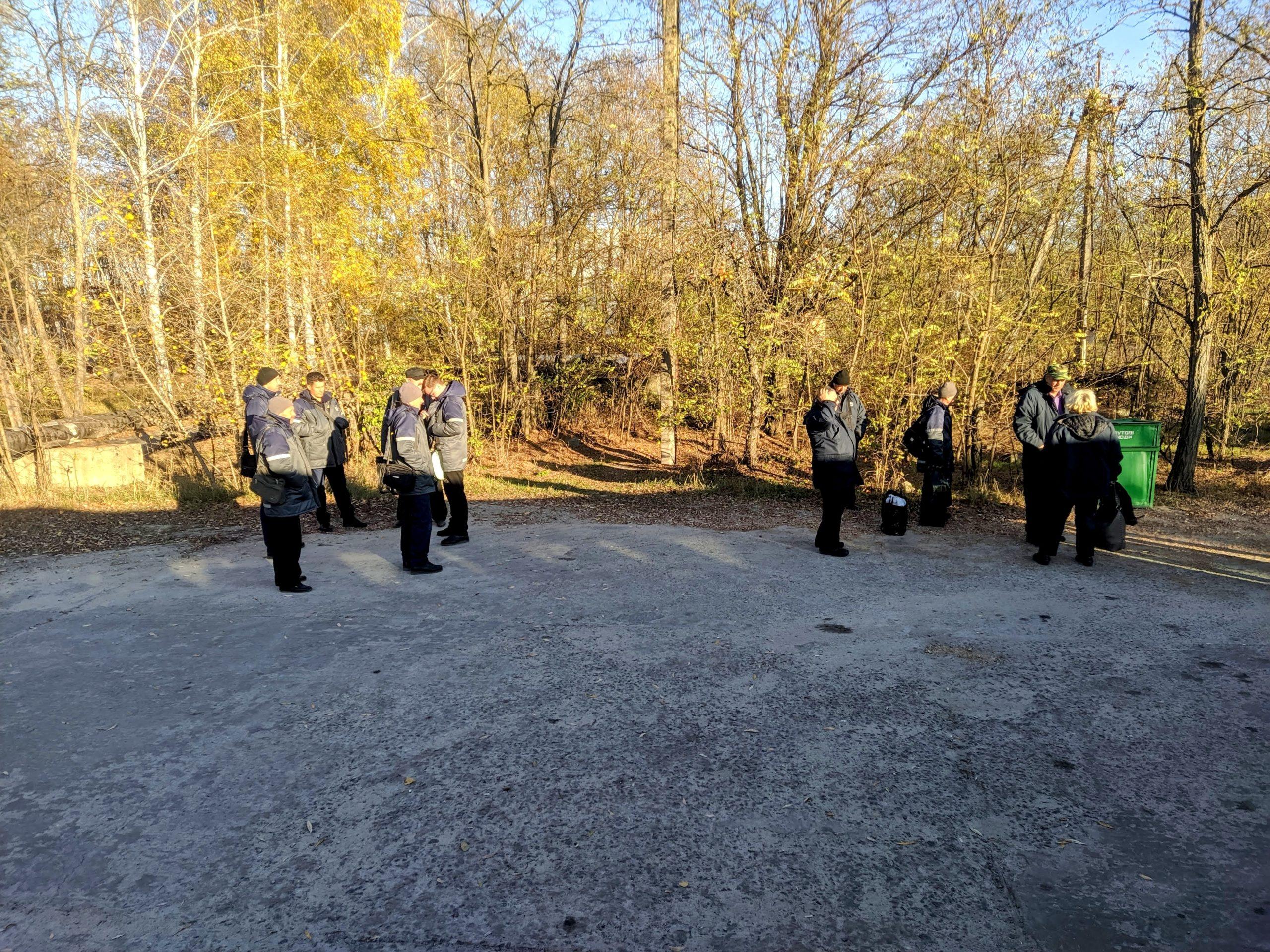
An estimated 150 people still live (illegally) within the Chernobyl Exclusion Zone. These residents that refused to leave or returned to their homes are the disaster are now elderly, and felt that their ties to their homes outweighed the risks of living in the zone. Being cut-off from the modern world, they are forced to be self-sufficient, relying on food grown in their gardens and foraging the surrounding forests. They burn wood for fuel and live a simple life, with the invisible and deadly radiation a constant companion.
Military, police and scientists still use the city, and are still served by a shop and canteen. Workers live in the city for two week stints to minimise radiation risk. Wildlife has thrived in the absence of humans, effectively turning the exclusion zone into a giant nature reserve. Numbers of moose, deer, wolves and lynx have increased drastically, with few obvious signs of mutation or ill effects from the radiation. Dogs left behind by their evacuated owners now roam the streets and forests. Pioneer plants emerge through cracks in the concrete. As time ticks by the city is slowly being reclaimed by nature.
There’s more to the Chernobyl Exclusion Zone than Pripyat- including dogs and RADAR Superstructures- discover more.
Last Updated on 19 December 2024 by Michael




